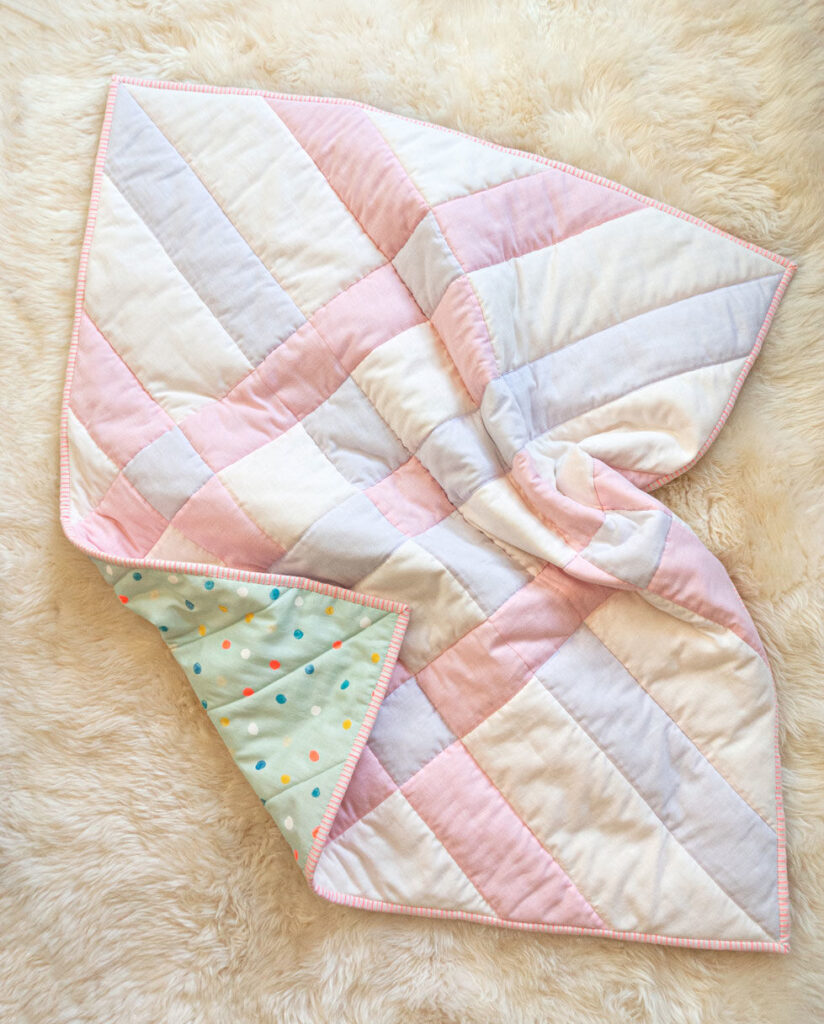Are you looking for an answer to the question “How Much Fabric Do I Need For a Baby Quilt?” If so, then you have come to the right place. This guide will provide you with complete instructions on how to determine the amount of fabric you need to make a beautiful baby quilt, as well as provide helpful tips and tricks to make the process easier. Read on to find out everything you need to know about making a baby quilt.
Factors to Consider for Calculating Fabric Requirements

Quilt Size
The size of the quilt will determine how much fabric is needed. A larger quilt will require more fabric than a smaller quilt. Therefore, it is important to measure the bed or crib the quilt will go on to get an accurate size for the quilt.
Fabric Width
The width of the fabric is another factor to consider when calculating fabric requirements for a baby quilt. The standard width for fabric is 45 inches, but there are also wider widths available, such as 60 or 108 inches. Wider fabric requires less yardage to make a quilt, so it is important to consider the width when calculating fabric needs.
Fabric Pattern
The fabric pattern is another factor to consider when calculating fabric needs for a baby quilt. If the quilt is pieced together, the pattern of the fabric will determine how much yardage is needed. For example, if the pattern is a large floral or geometric, more fabric may be needed than if the pattern is a small stripe or polka dot.
Piecing Method
The piecing method used to make the quilt is also a factor to consider when calculating fabric requirements. If the quilt is pieced together, more fabric will be needed than if the quilt is made from panels of fabric. Additionally, if the quilt includes appliqué, additional fabric may be needed for the appliqués.
To make sure you have enough fabric for a baby quilt, it is important to consider all of these factors when calculating the fabric requirements. With careful planning, you will have the perfect amount of fabric for your baby quilt project.
Calculating Fabric Requirements
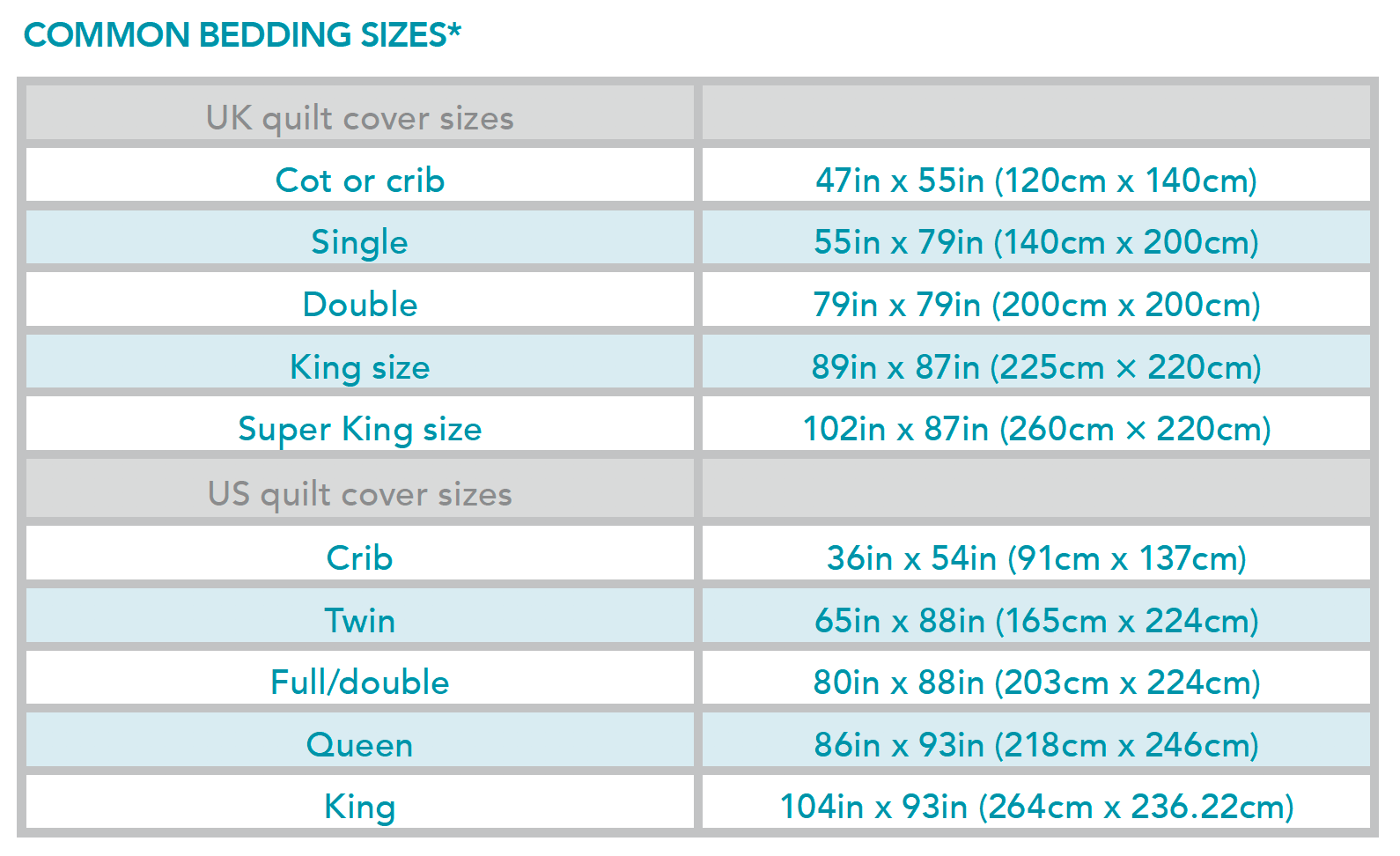
Standard Baby Quilt
For a standard baby quilt, you will need at least 2 yards (1.8 meters) of fabric for the top, 1 yard (0.9 meters) of fabric for the backing, and a quarter yard (23 cm) of fabric for the binding.
Crib-Size Quilt
For a crib-size quilt, you will need at least 3 yards (2.7 meters) of fabric for the top, 1.5 yards (1.4 meters) of fabric for the backing, and a quarter yard (23 cm) of fabric for the binding.
Lap-Size Quilt
For a lap-size quilt, you will need at least 4 yards (3.7 meters) of fabric for the top, 2 yards (1.8 meters) of fabric for the backing, and a quarter yard (23 cm) of fabric for the binding.
When calculating how much fabric to make baby quilt, you should always account for shrinkage and fabric stretch, as well as the design of your quilt. For more complicated quilt designs, you may need to buy additional fabric.
Making a Quilt Top
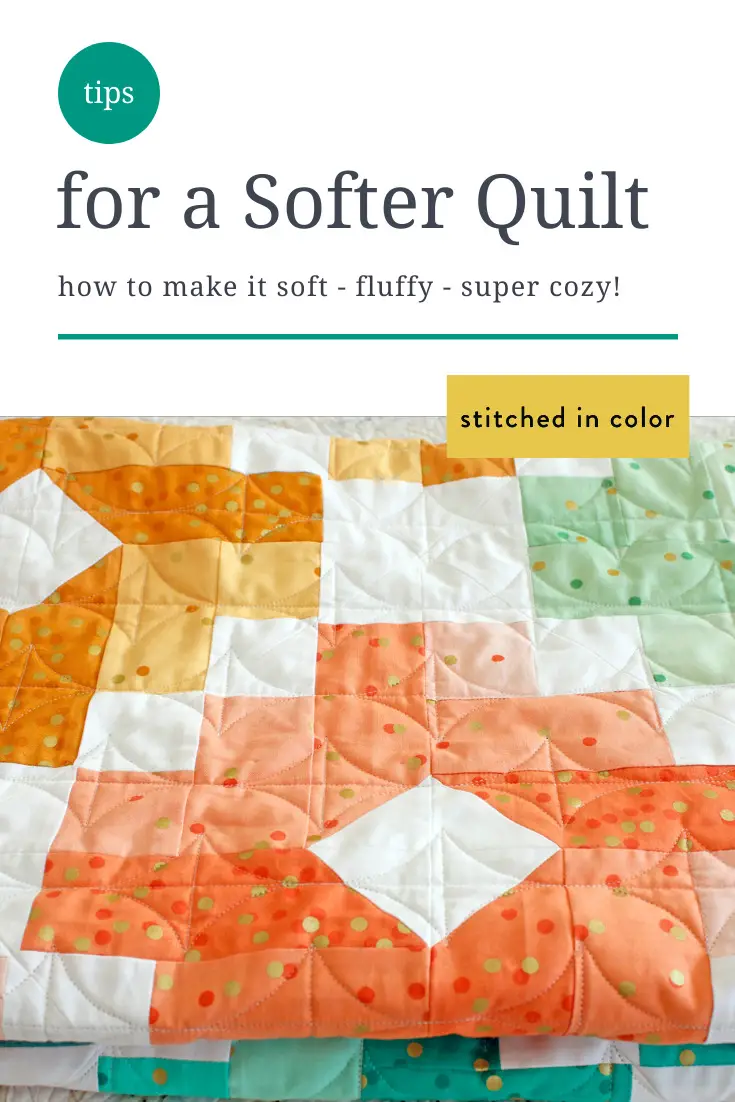
Yardage Requirements
To calculate the amount of fabric needed for a baby quilt, you’ll need to know the size of the finished quilt. For a crib size quilt, the finished quilt should measure approximately 36″ x 52″, so you’ll need 1 1/2 yards of a 44″ wide fabric for the quilt top, 1 yard of a 44″ wide fabric for the backing, and 1/4 yard for the binding.
Quilt Top Layout
After you’ve decided on the size of the quilt, you’ll need to determine the quilt layout. The most common baby quilt layout includes nine blocks that measure 12″ x 12″. Each block is then separated by a 1/4″ seam allowance.
Piece Cutting Instructions
To begin cutting the pieces for the quilt top, you’ll need to decide on the size of the blocks. For this project, the blocks will measure 12″ x 12″. You’ll need to cut nine blocks from the 1 1/2 yards of fabric, so cut your fabric into nine 12″ x 12″ pieces.
Putting Together the Quilt Top
Once you have all of the pieces cut, you can start putting together the quilt top. Place two pieces right sides together, then sew along the edges with a 1/4″ seam allowance. Continue sewing the blocks together, until all nine blocks have been sewn together in three rows. Then, sew the rows together. Press the seams in opposite directions to reduce bulk and increase strength.
After the quilt top is complete, you can begin attaching the quilt backing and binding.
Quilting
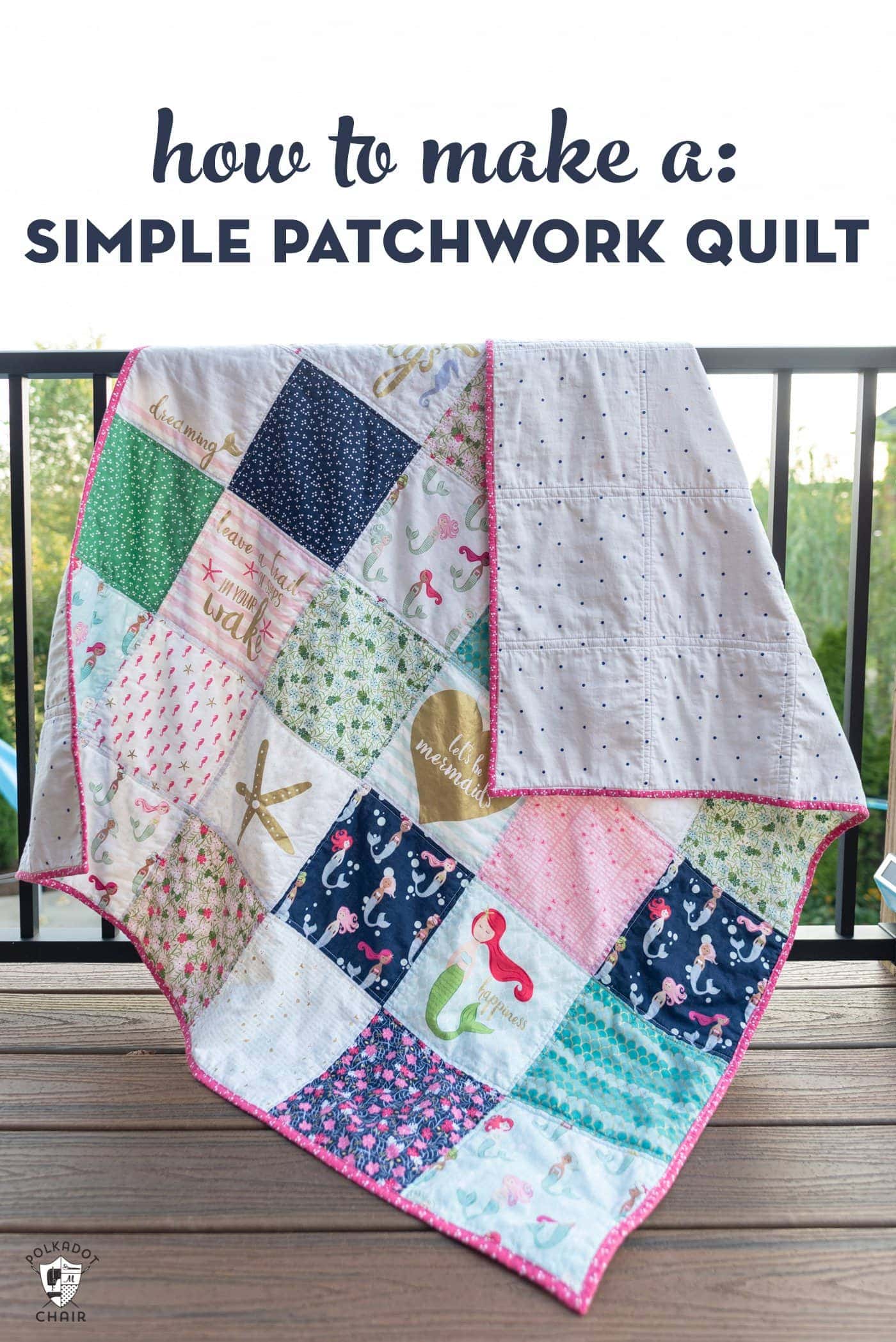
Backing Fabric
For a baby quilt, you will need at least 3 yards of backing fabric. This will give you enough fabric to allow for shrinkage and still have enough fabric to wrap around to the front. If you are using a bigger quilt, you may need more fabric.
Batting
Depending on the size of your quilt, you will need approximately 2 to 2 1/2 yards of batting. This will allow you to layer the quilt without having too much bulk.
Needles and Thread
You will need a variety of needles and thread for quilting. A size 90/14 universal needle is best for piecing. A size 80/12 or 90/14 sharp needle is best for machine quilting. Thread should be 100% cotton or polyester, depending on the type of quilting you are doing.
Quilting Techniques
For a baby quilt, you may want to keep it simple with a straight line quilt. This can be done by stitching in the ditch or by machine quilting a pattern. If you are looking for a more intricate quilt, you may want to explore free motion quilting or appliqué. No matter what type of quilting you choose, the amount of fabric needed for the top of the quilt will vary depending on the size of the quilt. A general rule of thumb is to use at least 1 yard of fabric for a baby quilt top.
Binding
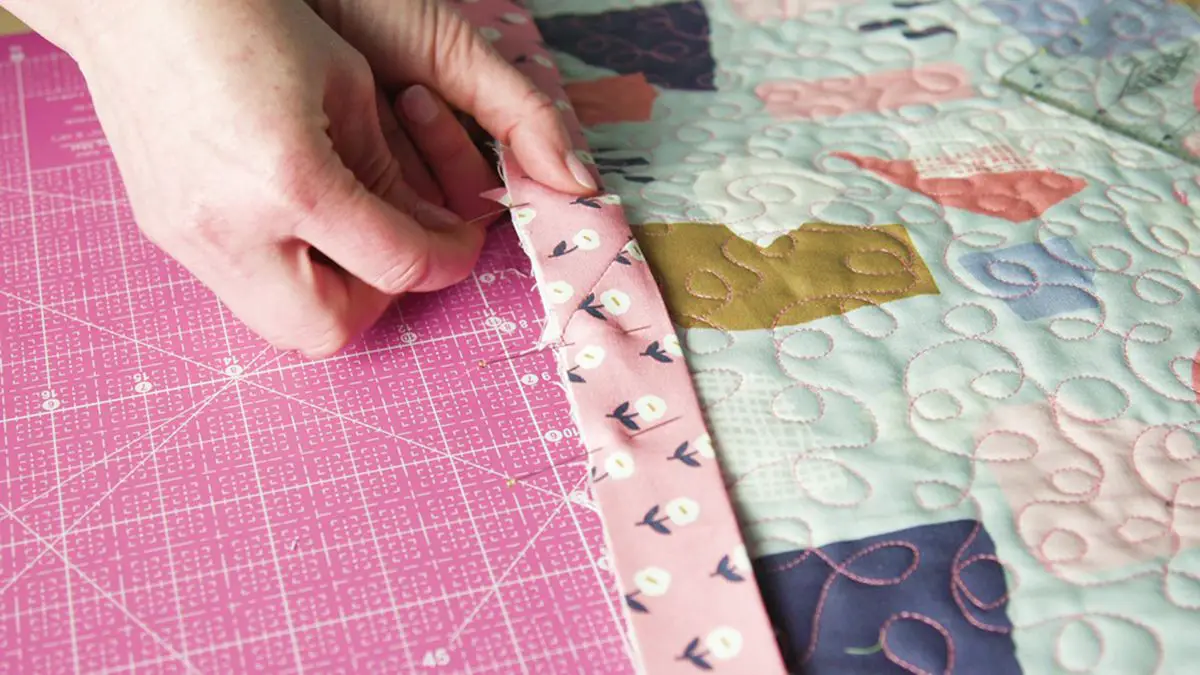
When making a baby quilt, binding is an important step in creating a neat finish and preventing fraying of the fabric. The amount of binding fabric you need depends on the size of the quilt.
Binding Fabric
For a typical baby quilt, you will need between 1/2 and 3/4 yard of binding fabric. To be sure, measure the perimeter of the quilt and add 8 inches to the total. Divide this number by 40 (for 40-inch wide fabric) and use this number to calculate the amount of binding fabric you need.
Attaching the Binding
Once you have the binding fabric, you need to attach it to the quilt. To do this, fold the binding in half lengthwise and press. Then pin the folded binding to the edge of the quilt, with the raw edges together. Sew the binding to the quilt using a 1/4 inch seam allowance. Then, trim the excess fabric and fold the binding over to the back of the quilt.
For a professional finish, hand stitch the binding to the back of the quilt. This will help ensure that your baby quilt will look great and last for many years.
Finishing the Quilt
Layer the Quilt
To layer the quilt, you need three layers: the quilt top, the batting, and the backing. The quilt top is the fabric you have chosen for the design of your quilt. The batting is a layer of material between the quilt top and the backing. The backing is the fabric that will be on the underside of the quilt.
Quilting the Quilt
Once the layers are in place, you can start quilting. Quilting is the stitching that holds the quilt together and gives it its shape. There are many different quilting patterns and designs to choose from. The most common type of quilting is straight-line quilting, which involves stitching along straight lines.
Finishing the Edges
Once the quilt is quilted, it’s time to finish the edges. This is an important step, as it will help keep your quilt together and give it a finished look. You can use binding tape or binding fabric to finish the edges. Binding tape is a quick and easy way to finish the edges and is available in a variety of colors and patterns. If you choose to use binding fabric, simply cut strips of fabric and sew them around the edges of the quilt.
Frequently Asked Questions
What Size of Quilt Should I Make for a Baby Quilt?
For a baby quilt, a good size to aim for is 36″ x 45″ or 40″ x 50″. These sizes provide ample coverage for a crib or stroller, but are small enough to be manageable for a beginner quilter. If you are looking for a larger size quilt, you may want to consider a throw size quilt, which is usually around 50″ x 60″.
How Much Fabric Do I Need for the Quilt Backing?
The quilt backing should be 2-3 inches larger than the finished quilt top on all sides. To calculate the amount of fabric you need for the backing, multiply the finished length of the quilt by the finished width of the quilt, then add 8” to the total. This will give you the size of fabric needed for the backing. For example, if the quilt top measures 40” x 50”, you would need fabric that measures 48” x 58”.
What type of Fabric is Best for a Baby Quilt?
- Cotton: Cotton is the most popular choice for baby quilts and is the safest option for baby bedding. Cotton is lightweight, soft, breathable, and absorbent, making it a great choice for a baby quilt. Cotton is also easy to wash, durable, and affordable.
- Flannel: Flannel is a warm and cozy fabric that is perfect for a baby quilt. It is soft and snuggly and perfect for winter months. Flannel is also breathable and easy to wash and can be machine-washed and dried.
- Fleece: Fleece is a popular choice for baby quilts because it is lightweight and warm. It is also machine-washable and can be dried in a dryer. Fleece is also soft and snuggly and perfect for a baby quilt.
- Organic Cotton: Organic cotton is a great choice for a baby quilt because it is free of harmful chemicals and dyes, making it a safe choice for baby bedding. Organic cotton is also soft, breathable, and durable, making it a great choice for a baby quilt.
- Silk: Silk is a luxurious fabric that is perfect for a baby quilt. It is lightweight and breathable, making it a great choice for a baby quilt. Silk is also easy to wash and can be machine-washed and dried.
- Wool: Wool is a great choice for a baby quilt because it is warm and lightweight. Wool is also breathable, durable, and machine-washable and can be dried in a dryer.
Does the Fabric Need to be Prewashed Before I Make the Quilt?
It is recommended to prewash fabric before use, as it may shrink when washed for the first time. This helps prevent rippling and puckering in the finished quilt. Washing the fabric before making the quilt also removes any chemicals or residues, such as sizing and dyes, that could otherwise cause staining or discoloration. If you are using a light-colored fabric, consider prewashing it separately in order to avoid any possible dye transfer.
How do I calculate the fabric amount for a quilt with a border?
To calculate the fabric amount for a quilt with a border, you need to calculate the main body of the quilt first. Measure the length and width of the quilt and multiply them together. Then add the length and width of the border to this figure and multiply the result by the number of layers. Last, add the fabric needed for binding the quilt. This will give you the total fabric amount needed for the quilt with the border.
Conclusion
When it comes to making a baby quilt, knowing how much fabric you need is an essential part of the process. To ensure your project comes out just the way you envisioned it, you need to consider the size, quilt pattern, and other factors before buying fabric. With this guide, you should now have a better understanding of the amount of fabric you need to make a beautiful baby quilt.
